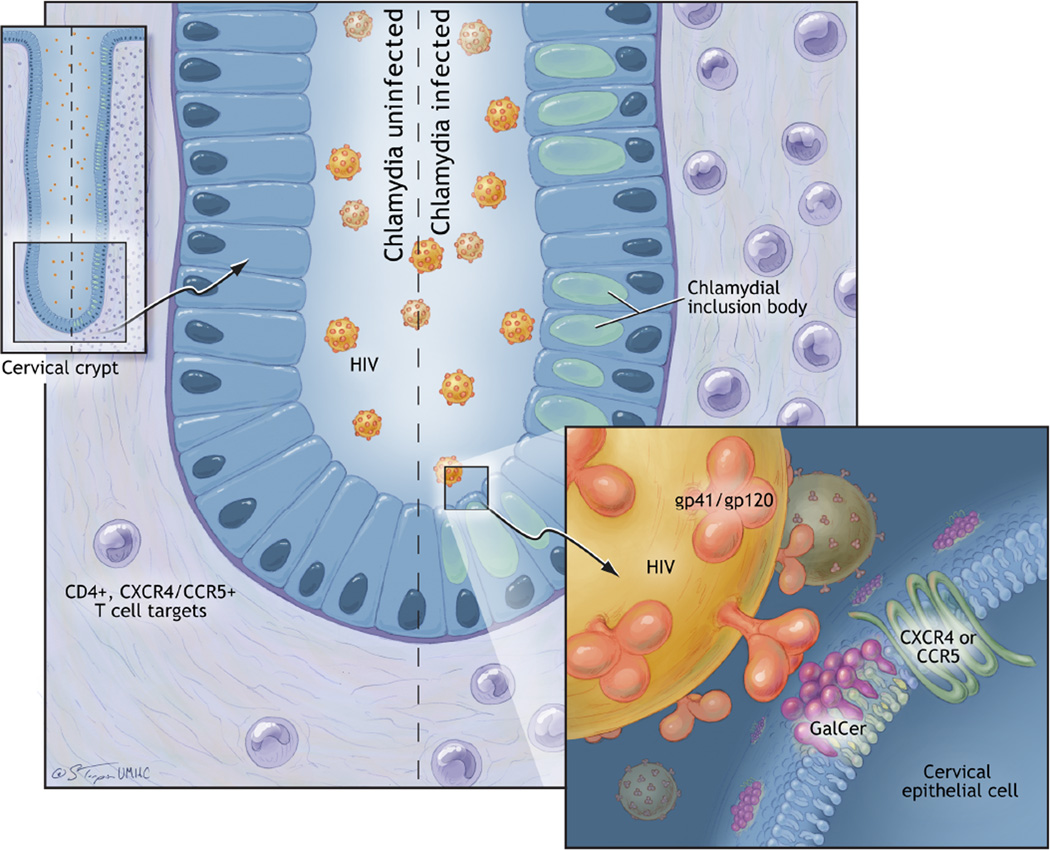Figure 6. Effects of C. trachomatis infection on HIV-1 transmission across the endocervical epithelium.
The left side of the endocervical crypt depicted is not infected with C. trachomatis; the right side is infected. Both are exposed to HIV-1 at their luminal surfaces. The results of our in vitro modeling experiments in endocervical epithelial cells suggest that endocervical epithelial cells infected with non-disseminating genital C. trachomatis serovars increase their cell surface expression of the HIV-1 primary receptor, GalCer, and the HIV-1 co-receptors, CXCR4 and CCR5 (Figure 3). GalCer is shown at the epithelial cell surface in association with lipid rafts. The CXCR4 and/or CCR5 co-receptors on the endocervical epithelial cell, in conjunction with GalCer, interact with the GP41 stalk/ GP120 HIV-1 surface protein. Increased epithelial receptors and co-receptors in those cells infected with C. trachomatis may be responsible for increased endocervical epithelial cell binding of HIV-1 and release of HIV-1 to susceptible T cells in vitro (Figure 4). Sampling of endocervical immune cells from women actively infected with C. trachomatis reveals a dramatic increase in CD4+ T cells expressing the HIV-1 co-receptors CXCR4 and/or CCR5 when compared to women who are C. trachomatis negative. This increases the availability of HIV-1 immune cells targets in the subepithelial layers of C. trachomatis-infected endocervices..

